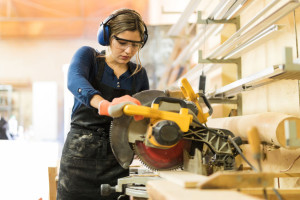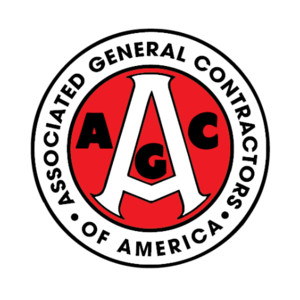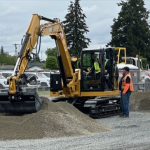Four tips for safely using power tools
 Contractors love their power tools.
Contractors love their power tools.
One survey conducted by ContractorMag found that the most commonly used corded power tools are hammer drills, reciprocating saws and power drills. The same survey found that the most commonly used cordless power tools are drill drivers and cordless circular saws.
No matter your job description, if you spend much time on construction sites, you’ve likely used power tools. And, if you haven’t already, you’re bound to in the future. While these tools are incredibly helpful, they also present certain safety hazards. Fortunately, by following a few “best practices,” you can reduce the risk of an accident or injury. Here are a few of our top safety recommendations.
1.) Pay attention to cords and hoses. Many power tools require electricity or another energy source. To ensure your drills, saws and nailguns remain in good working order, always carry them with both hands. Never drag, swing or carry them by the cord or hose. In addition, keep cords and hoses away from sharp objects, heat sources or sticky substances like oil. When you’re finished using a power tool with a cord, walk over to the outlet, unplug it and carefully wrap the cord back up. Yes, this step takes a few extra minutes, but it’s an effective way to prevent a slip-and-fall injury.
2.) Wear the proper safety equipment. Even if you’re very familiar with a specific power tool, it’s important to wear the necessary safety equipment. As a general rule of thumb, always wear a thick pair of work gloves, safety glasses, headphones (or earplugs) and a hard hat. If you’re working with a saw or another tool that grinds things and sends particulates into the air, it’s also a good idea to wear a respirator to protect your lungs.
3.) Regularly maintain your tools. One of the easiest ways to extend the lifespan of your power tools is to maintain them regularly. That’s especially true if you work in extreme weather conditions or use them on a daily basis. If you have any questions about specific maintenance, refer to the manufacturer’s instruction manual. Research specific cleaning techniques and always use premium-quality cleaning products approved for your specific brand of tool. Setting aside an hour or two every several weeks to clean and lubricate your power tools can help them lasts for years to come.
4.) Stand on solid ground. If you work on scaffolding, this can be a little challenging, but it’s still important. When your feet are firmly planted on the ground and you have good balance, it’s much easier to effectively use your power tools.
By following these four simple tips, you can reduce the risk of an accident or injury. Stay safe out there!








